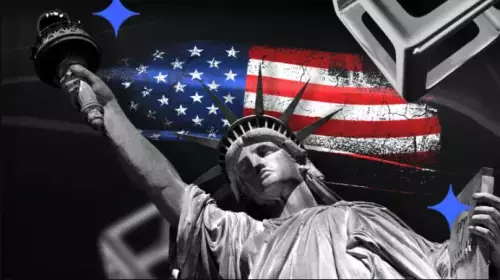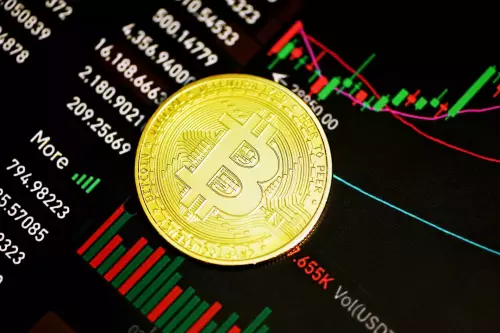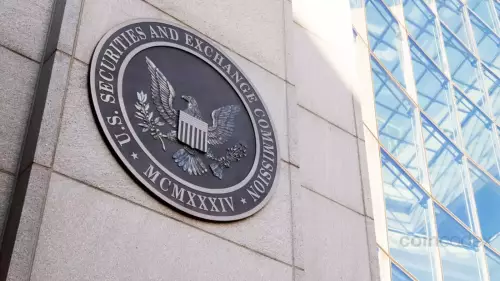 |
|
 |
|
 |
|
 |
|
 |
|
 |
|
 |
|
 |
|
 |
|
 |
|
 |
|
 |
|
 |
|
 |
|
 |
|

The digital artist Beeple became a poster boy for crypto in 2021, when Christie’s sold his NFT (non-fungible token) artwork Everyday: The First 5,000 Days for a record-breaking $69.3m.
The sale epitomised the crypto community’s efforts to disrupt the art market, introducing new types of transactions, artists and behaviour. But Beeple’s crypto ties also hinted at a darker side to the NFT boom.
While right-wing figures such as Donald Trump and Elon Musk often appear in Beeple’s irreverent, vulgar caricatures, the artist and his election party guests exploded into cheers when Trump’s victory was announced.
Their euphoria reflected the cryptocurrency community’s belief that it will enjoy a more favourable regulatory climate under a second Trump term.
The crypto industry’s leading Super Pacs (political action committees) poured more than $130m into Trump’s campaign, while Gary Gensler, the current chair of the Securities and Exchange Commission (SEC), became persona non grata for his enforcement of regulation against crypto.
Binance, Coinbase and other crypto exchanges had sustained major losses as the SEC enforced existing laws rather than developing a new regulatory framework that made more exceptions for cryptocurrencies.
After Trump’s victory, the price of ethereum—the cryptocurrency that NFTs are typically traded in—and bitcoin surged. Trump has nominated Paul Atkins, a cryptocurrency advocate, to run the SEC, and picked David Sacks, a former PayPal executive, for the new position of crypto and artificial intelligence czar.
Meanwhile Musk, the world’s richest man and backer of the cryptocurrency dogecoin, will co-direct the new Department of Government Efficiency (or Doge).
The art market’s NFT craze in 2021 was preceded by a crypto bull run and heralded by a massive purchase by a crypto entrepreneur.
One might reasonably expect a second-wave NFT boom is on its way. But some experts believe an anticipated lack of regulatory enforcement in the crypto sector during Trump’s second term could kill off NFTs entirely.
Rohan Grey, a professor at Willamette University and the research director of the Digital Fiat Currency Institute, says the NFT market reached its previous, dizzying heights only because regulation targeted other crypto assets—namely, initial coin offerings (ICOs).
An ICO is a form of funding through which a company issues a crypto-token that represents a stake in a company or project to interested investors.
In 2017, ICOs exploded in popularity as start-ups and app developers began raising hundreds of millions of dollars’ worth of coins to fund their projects.
Grey says: “It was basically issuing shares without going through the share registration process, and it was so scammy that it was giving more established crypto money a bad name.
“Then came the regulatory pushback—which isn’t surprising considering that no one seemed to come up with a name that didn’t sound like IPO (initial public offering), which is, of course, regulated by the SEC. That’s when NFTs started coming up as a workaround.”
Unlike cryptocoins, NFTs are ‘non-fungible’—that is, unique. If you put 100 NFTs in a row, each one is different, whereas all cryptocoins are the same.
Grey says: “So the logic went, ‘If we were doing shares, then all the shares would look the same, but each of these shares is unique.’”
By 2019, regulation and enforcement had ripened, with the SEC issuing guidance on when a digital asset qualifies as an investment contract and is therefore a security.
The same year, the SEC fined Block.one, a blockchain company, $24m after it had raised billions through an ICO. A year later, the NFT market began to pick up steam.
Another core feature of NFTs—their artistic features—will make them even more difficult for the SEC to regulate.
“There’s a content, meaning and expressive speech element to NFTs that isn’t present in other forms of the crypto market,” says Brian Frye, an artist and law professor at the University of Kentucky who focuses on intellectual property.
“The NFT market has some benefits to the crypto world from a regulatory standpoint in so far as it’s a different group of people asserting different kinds of interests. This potentially gives the crypto crowd a lever that the regular kind of crypto market in currencies, coins and exchanges don’t necessarily get.”
But if NFTs were useful to the crypto industry specifically because they were difficult to regulate, their use-case may be about to expire.
Under Trump, the industry is anticipating an SEC that will be unmotivated to enforce existing regulatory frameworks at all.
Trump himself has sold four series of NFTs, the latest of which came out last August, raising millions of dollars for his campaign.
One of the NFTs features an image of Trump dressed as a
免責聲明:info@kdj.com
所提供的資訊並非交易建議。 kDJ.com對任何基於本文提供的資訊進行的投資不承擔任何責任。加密貨幣波動性較大,建議您充分研究後謹慎投資!
如果您認為本網站使用的內容侵犯了您的版權,請立即聯絡我們(info@kdj.com),我們將及時刪除。
-

-

-

-

- 比特幣,加密和智商:當天才遇到數字黃金時?
- 2025-09-30 23:17:30
- 當Binance調整保證金交易和炒作面對投資者退出時,高級智商個人大膽的比特幣舉動引發了辯論。這對加密貨幣的未來意味著什麼?
-

- Stablecoins,美國創新和錢包代幣:下一個邊界
- 2025-09-30 23:15:03
- 探索美國創新和諸如$ best的錢包令牌越來越受歡迎的美國的穩定幣的興起。
-

- 烏克蘭的NBU,硬幣和加密貨幣:紐約人
- 2025-09-30 23:14:07
- 探索有關烏克蘭加密貨幣場景,NBU的紀念硬幣和模因硬幣的興起的最新信息。這是一次瘋狂的旅程,所以搭扣了!
-

-

-































































